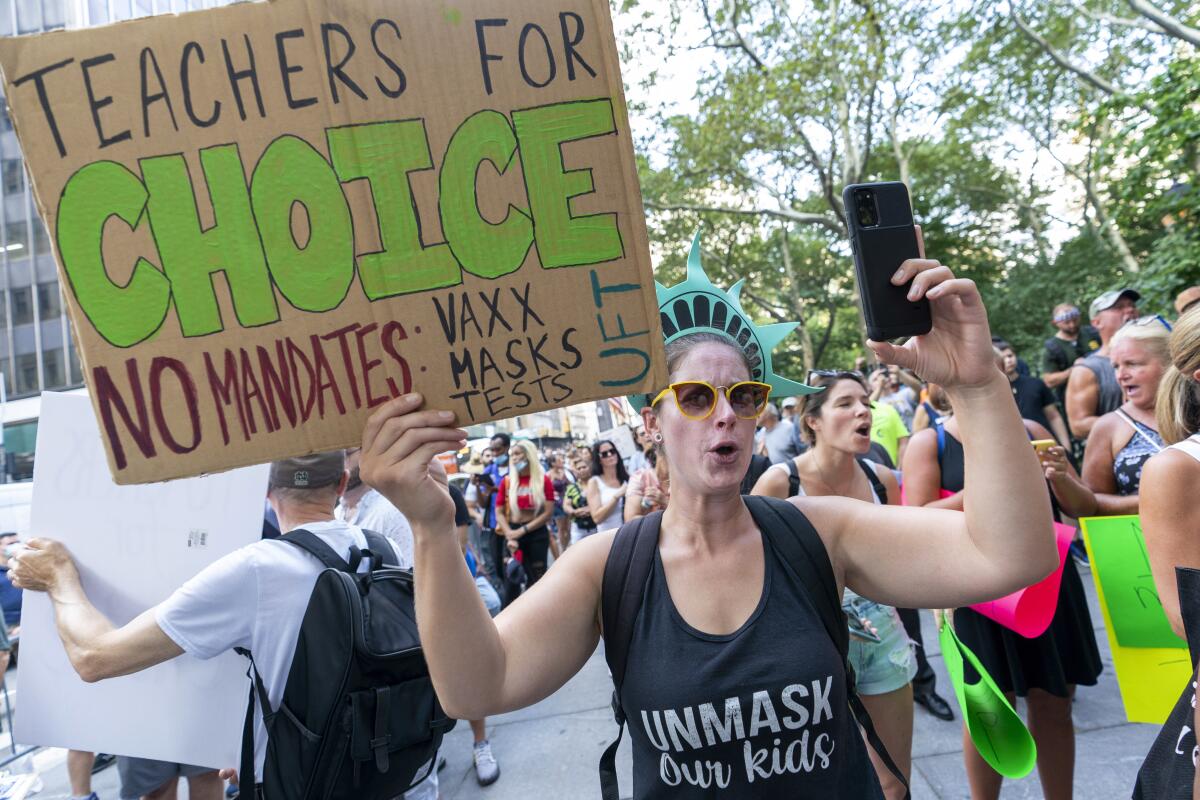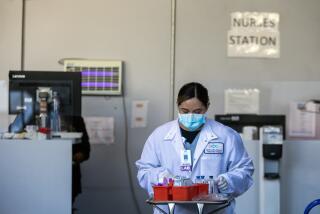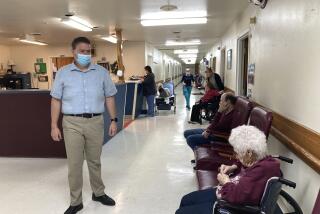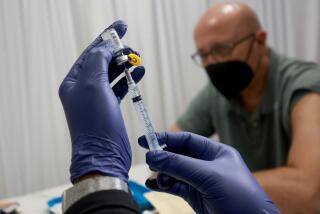Facing termination, thousands of N.Y. healthcare workers vaccinate

ALBANY, N.Y. — Thousands of healthcare workers in New York faced with either getting the COVID-19 vaccine or losing their jobs received at least one dose as the statewide mandate neared, according to state figures released Tuesday.
More than 650,000 workers at hospitals and nursing homes in the state had until Monday to get their first vaccine dose under the new requirement.
Healthcare facilities Tuesday reported suspensions of unvaccinated employees, and some had scaled back services in anticipation of fewer workers. But they largely appeared to avoid dire staffing shortages so far, according to industry administrators and representatives.
“Right now, services, by and large, are not affected and they remain to be the high-quality level that we have come to expect from our New York hospitals,” said Kenneth E. Raske, president of The Greater New York Hospital Assn., which represents 140 hospitals and health systems around New York.
Raske said a “substantial influx” of workers received a shot in the last day.
State figures show that by Monday evening, 92% of nursing home staff received at least one vaccine dose, up from 82% a week earlier.
And preliminary figures showed 92% of hospital staff received at least one dose by Monday evening. The percentage of fully vaccinated staff was 85% Monday evening, up a percentage point from Wednesday, according to Gov. Kathy Hochul.
Despite the higher vaccination rates, hospitals and nursing homes that were already facing staff shortages began suspending and terminating employees this week.
One nursing home industry representative said employers are reluctant to terminate workers when they are so badly needed.
“Many providers are giving them an unpaid leave of absence just because there’s such a workforce crisis that the providers don’t want to sever that relationship,” said Stephen Hanse, who represents nursing homes statewide as president of the New York State Health Facilities Assn. and the New York State Center for Assisted Living.
The hope is that workers will change their mind on vaccinations and come back.
Mitchell Katz, head of New York City’s public hospital system, said they brought in 500 nurses to fill in for nurses who were not on the job after the mandate kicked in. But the president and CEO of New York City Health and Hospitals said both public and private hospitals in the city were fully operational.
“We anticipated that there would be some loss of staff. We knew that no matter what our efforts, some people were not going to get vaccinated, and we planned appropriately,” he said.
Albany Medical Center President and CEO Dennis McKenna said they will suspend without pay 204 unvaccinated employees out of its 11,456 workers. But McKenna cautioned they still don’t know the vaccination status of some employees who have not worked a shift since the mandate.
“So this is a fluid number and it will take us a couple of days to sort out that number,” McKenna said at a news conference.
Healthcare facilities have prepared for mandate-related staff reductions by reducing services like elective surgeries, shifting staff and limiting admissions. People were working overtime at hospitals and nursing homes and some facilities were using staffing agencies to help provide vaccinated workers.
Also, Hochul signed an executive order late Monday aimed at helping alleviate staff shortages. The order allows out-of-state doctors, nurses and other medical professionals to practice in New York, makes it easier for retirees to return to the workforce, and allows physician visits in nursing homes to be done by telemedicine, among other things.
Bea Grause, president of the Healthcare Assn. of New York State, said the order could help hospitals, but that it’s still a challenging time.
“Hospitals are not out of the woods yet because that underlying problem is the workforce shortage,” said Grause, whose organization represents more than 200 hospitals and healthcare systems.
More to Read
Sign up for Essential California
The most important California stories and recommendations in your inbox every morning.
You may occasionally receive promotional content from the Los Angeles Times.










